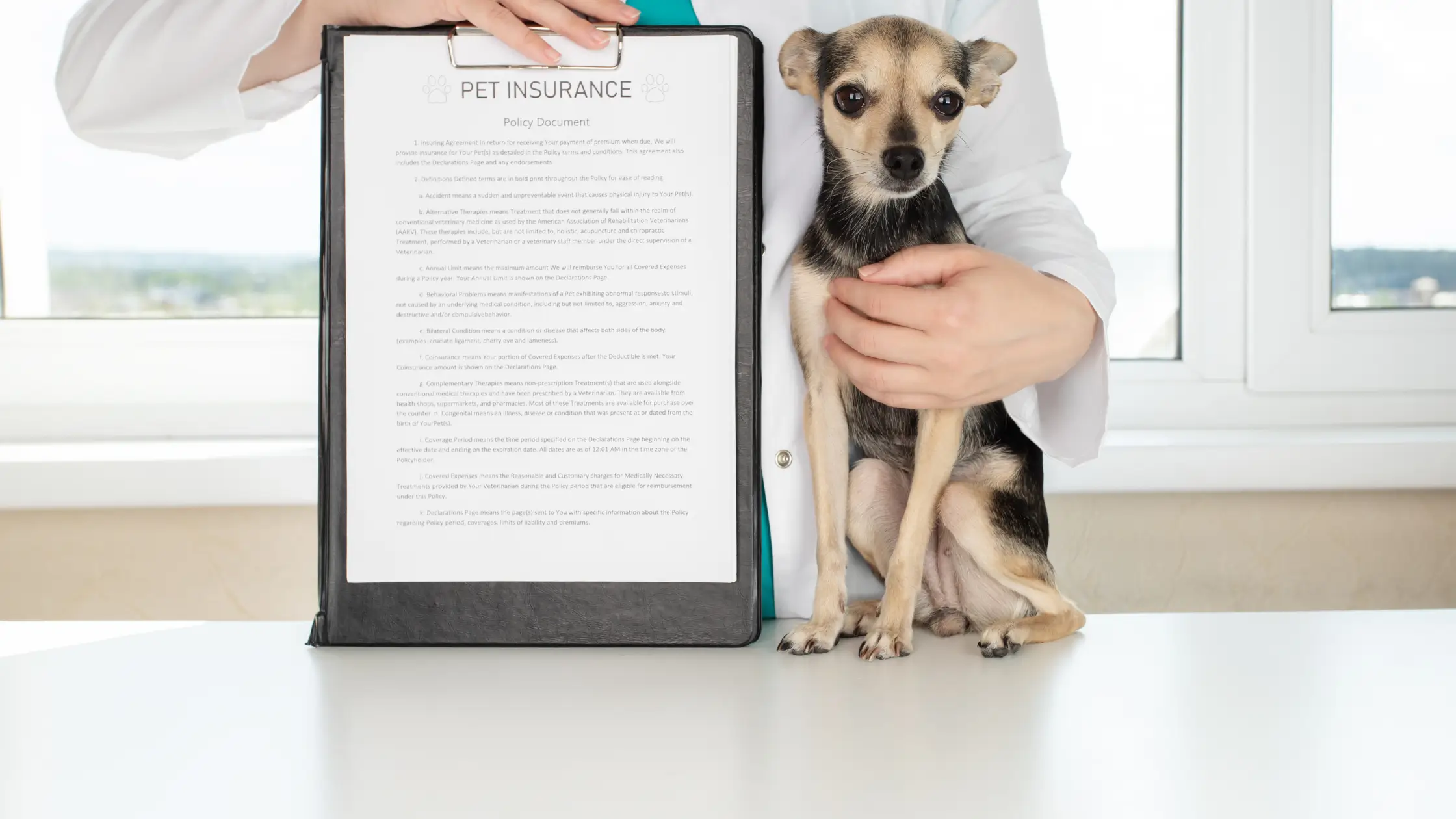Pet insurance can provide pet owners with invaluable financial protection as well as peace of mind. But what if your dog already has a medical condition? While most standard pet insurance plans do not cover pre-existing conditions, there are some options that do in certain circumstances. This article discusses pet insurance for pre-existing conditions, including who provides it, what is covered, exclusions, waiting periods, costs, and how to find the best plan for your needs.
What are Pre-existing Conditions?
A pre-existing condition is any illness, disease, injury, or abnormality that developed clinically before to the effective date of your policy or during the waiting period. This includes conditions treated, monitored, visible, or diagnosed by a veterinarian. Ear infections, skin allergies, luxating patella, hip dysplasia, cancer, and diabetes are a few examples. Even if the symptoms go away but reappear, it will almost certainly be considered pre-existing.
Why Coverage is Limited
Insurance companies cannot remain profitable if people only purchase insurance after being diagnosed with a disease. Premiums may become unaffordable as a result of this. As a result, most pet insurance policies exclude coverage for pre-existing conditions. Although there are few options, underwriters must carefully weigh risk versus reward.
Situations Where Coverage is Available
While exclusions are commonplace, some insurers offer modified policies covering pre-existing conditions in certain scenarios:
- Condition occurred during previous coverage – If the condition occurred when you had a different pet insurance policy, your new insurer may cover it since you demonstrated responsible pet ownership by maintaining continuous coverage.
- Condition has been symptom and treatment-free – If your pet developed a condition that has shown no symptoms, received no treatment, and required no medication for a specified period (e.g. 6 months or 1 year) before signing up, it may no longer be considered pre-existing.
- Hereditary and congenital conditions – A small number of insurers offer policies covering illnesses your pet was born with or genetically predisposed to.
- Waived conditions – When switching policies, your past insurer may provide paperwork listing conditions covered in the previous policy that the new insurer agrees to cover as well.
What Pre-existing Conditions Coverage Includes
If eligible for pre-existing condition coverage, your policy may include:
- Treatment when symptoms return After a symptom and treatment-free period, if that condition flares up again, further care is covered up to your policy limits. This includes expenses like medications, nursing, lab tests, surgery and hospitalization.
- Ongoing maintenance medications
Chronic illnesses often require long-term daily or weekly medications to manage symptoms. Some pre-existing coverage includes drugs to maintain quality of life. - Hereditary condition screening
For congenital conditions you may receive inclusive wellness coverage for diagnostic screening to monitor for onset.
Exclusions
While available coverage can greatly assist managing pre-existing conditions, all policies have some restrictions including:
- Conditions pre-dating continuous coverage or untreated within a specified period are excluded. Symptoms must be documented as resolved by a vet for eligibility.
- There is no coverage for complications arising from excluded conditions. For example, if diabetes is excluded and causes eye disease, the secondary condition is not covered either.
- Cruciate ligament issues are commonly restricted for large breed dogs prone to ligament deterioration over time. Related arthritis and other degenerative issues would also be excluded.
- Maximum payouts per condition may be lower than general policy limits and vary by insurer. Reimbursed amounts for pre-existing coverage are usually reduced.
Waiting Periods
Pre-existing condition policies frequently have longer waiting periods before coverage begins than standard pet insurance plans, sometimes up to 6 months or more. This enables the underwriter to evaluate health prior to enrollment and to determine final coverage terms. Based on updated symptoms, conditions that show activity during the waiting period may be permanently excluded.
Cost Considerations
Because policies take on more risk, expect to pay higher premiums for pre-existing condition coverage. However, exact rates vary greatly depending on pet age, size, breed, and location, as well as condition details. Some insurers charge a single flat fee regardless of whether the condition is pre-existing or not. Others apply percentage increases to base rates for pre-existing coverage, such as 20%.
Tips for Finding the Best Plan
If seeking pet insurance for pre-existing conditions, keep the following tips in mind:
- Disclose full medical history – Failing to share all past conditions and symptoms can be considered fraud, voiding your policy.
- Compare multiple insurers – Each company offers different premiums, reimbursements, exclusions, waiting periods and qualifying periods for symptoms to be considered non-pre-existing.
- Consider wellness coverage – Bundling accident/illness coverage with preventative care can simplify managing chronic conditions.
- Examine reimbursement details – Pre-existing condition plans often have lower annual limits or reimbursable percentages per condition. Check if your costs would be covered.
- Look for hereditary condition coverage if needed – Especially for purebreds prone to genetic conditions.
FAQs
Q: Can I get pet insurance for pre-existing conditions in my pet?
No, most pet insurance policies exclude pre-existing conditions. These are health problems or symptoms that existed prior to the start of the insurance policy or during the waiting period.
Q: How are pre-existing conditions in pet insurance determined?
Pre-existing conditions are typically identified based on the pet’s medical history, vet records, and any signs or symptoms observed prior to the start date of the policy.
Q: Will insurance ever cover my pet’s pre-existing condition?
No, in most cases. Pre-existing conditions are typically excluded from coverage indefinitely. Some policies, however, may reconsider coverage after a waiting period or if the condition remains symptom-free for a specified period of time.
Q: What should I do if my pet already has a medical condition?
Consult your veterinarian for proper care and treatment. While pet insurance may not cover pre-existing conditions, your veterinarian can advise you on how to effectively manage your pet’s health.
Q: Is it possible to obtain pet insurance that covers pre-existing conditions?
There are specialized insurance options that may cover pre-existing conditions, but they frequently come with restrictions, higher premiums, waiting periods, or specific terms. For such coverage options, conduct extensive research and inquire directly with insurance providers.
The Takeaway
While most pet insurance policies exclude pre-existing conditions, some policies offer modified coverage in certain circumstances. Managing exclusions, waiting periods, reimbursement limits, and higher premiums can be worthwhile when dealing with costly recurring or chronic issues for family pets. If you’re thinking about insuring a pet with a known illness, compare plans carefully to find the best deal.





Conner Jordan